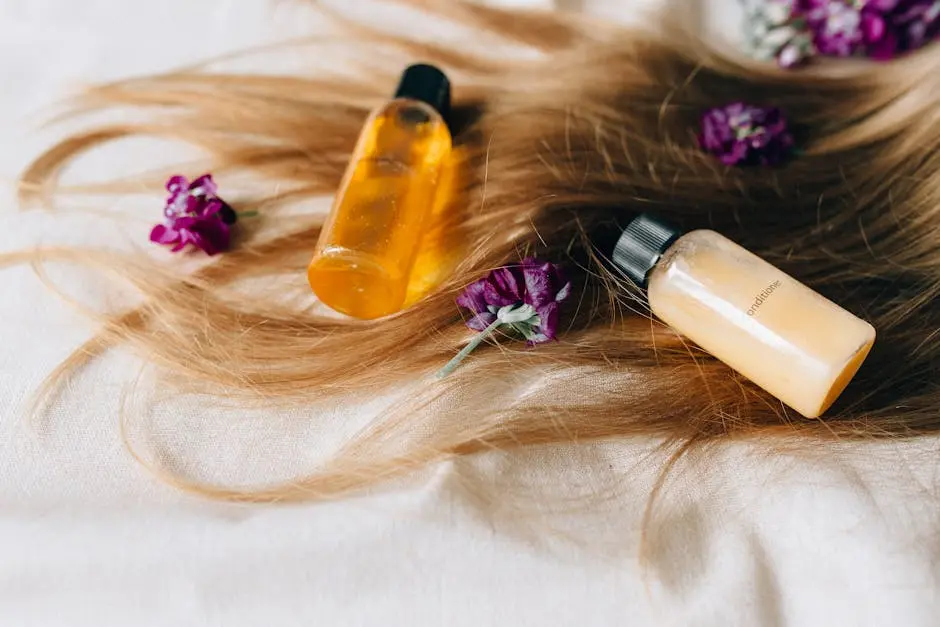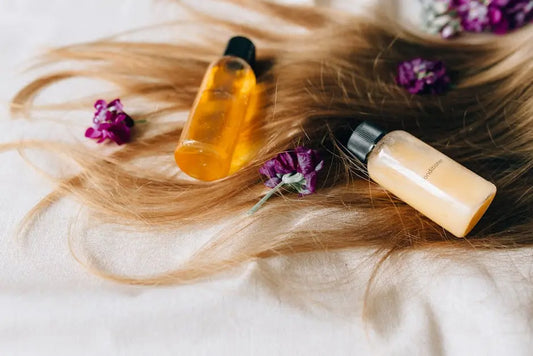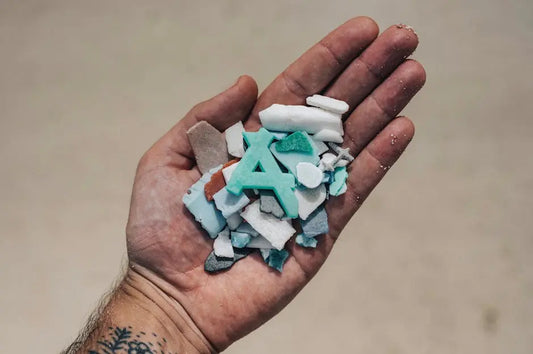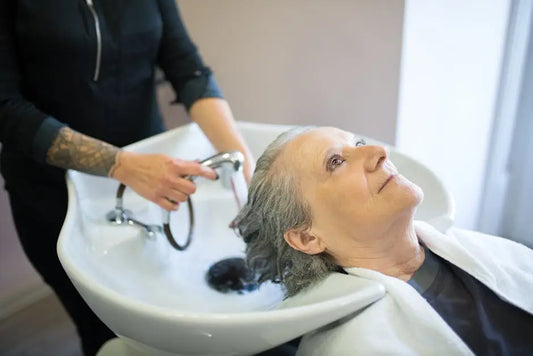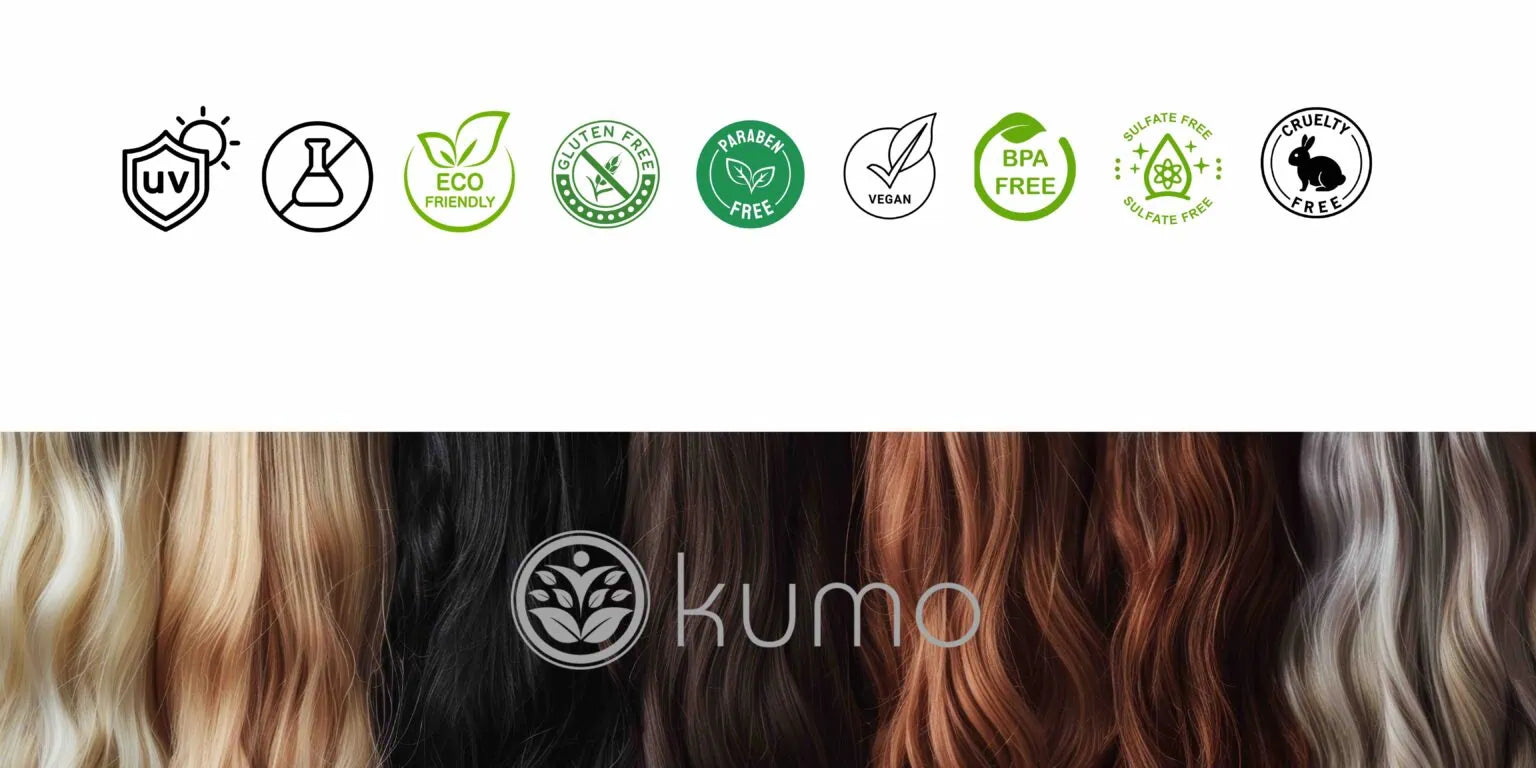In the quest for luscious, vibrant hair, hydration is your best friend. When your hair lacks moisture, it can look dull, feel brittle, and be prone to breakage. But don’t worry! With the right treatments and a bit of know-how, you can transform your hair into a silky, smooth mane. Here are some essential tips to keep your locks hydrated and healthy.
1. Understanding Your Hair Type
Every head of hair is unique, and understanding your specific hair type can guide you to the right hydration treatment. Whether your hair is straight, wavy, curly, or coily, each type requires different levels of moisture and care. For instance, curly and coily hair often needs more moisture because the natural oils from the scalp have a harder time reaching the ends. On the other hand, straight hair might get weighed down by heavy creams and oils. Knowing these nuances helps you choose the products and treatments that will work best for your hair, ensuring maximum hydration and health.
In addition to the texture and natural shape of your hair, factors such as porosity, density, and elasticity also play critical roles in determining the moisture needs of your hair. Hair porosity refers to the hair’s ability to absorb and retain moisture, with high porosity hair often requiring more frequent moisture replenishment. By understanding these aspects, you can better tailor your hair hydration treatment to meet your specific needs.
2. The Power of Deep Conditioning
Deep conditioning treatments are a game-changer when it comes to adding moisture to your hair. Opt for a product rich in natural oils and proteins to repair and revive dry hair. These treatments penetrate deep into the hair shaft to replenish moisture and restore vitality. For best results, apply your deep conditioner after shampooing and let it sit for 10 to 30 minutes, depending on your hair type and the product’s instructions. The warmth helps to open the hair cuticle, allowing the product to deeply nourish and hydrate your strands.
Additionally, regular deep conditioning can help in preventing split ends and breakage by strengthening the hair structure. Try incorporating it into your routine once a week or every two weeks, depending on the state of your hair. For those with extremely dry or damaged hair, leaving the conditioner in a bit longer or using a heated cap can enhance the results, creating the look and feel of salon-treated hair right at home.
3. Incorporating Natural Oils
Natural oils like coconut, argan, and jojoba can work wonders on parched hair. Learn how to apply them properly to lock in moisture and add a healthy shine. Coconut oil is celebrated for its ability to penetrate the hair shaft better than other oils, making it an excellent pre-shampoo treatment. Argan oil, often called ‘liquid gold’, is rich in vitamins A, C, and E, which help protect and nourish hair. Jojoba oil closely mimics the natural sebum produced by our scalp, making it a great everyday moisturizer without the risk of greasy build-up.
For those new to using oils, start with a few drops, working through the ends and avoiding the scalp if you’re prone to oiliness. You can also mix these oils into your conditioners or use them as a finishing touch to add gloss and control frizz. Regular usage not only hydrates but also protects hair from environmental damage while enhancing natural texture and shine.
4. Choosing the Right Shampoo and Conditioner
A hydrating shampoo and conditioner can make a huge difference. Look for sulfate-free products that provide gentle cleansing without stripping the hair of its natural oils. Sulfates, often found in many cleansing products, can exacerbate dryness by stripping away moisture and essential oils. Instead, gentle alternatives keep hair clean while preserving moisture. Pair your shampoo with a conditioner formulated with moisturizing ingredients like aloe vera, shea butter, or glycerin for enhanced hydration.
Frequency of washing also influences hair hydration. Over-shampooing can lead to dryness, so consider washing every other day or as required by your hair type. Some people find great success with co-washing, which involves using conditioner instead of shampoo for cleansing. This method can be particularly beneficial for those with curly or textured hair types. Explore more on customized product options for your hair type.
5. The Benefits of Leave-In Treatments
Leave-in conditioners are perfect for giving your hair continuous hydration throughout the day. They’re especially great for those with curly or thick hair types. These products work by providing a protective barrier against environmental damage, humidity, and heat styling. When choosing a leave-in treatment, seek out those with lightweight formulas to prevent weighing down your hair. Many of these conditioners also contain added benefits like UV protection and heat protectants, offering comprehensive care for your locks.
For best application, distribute the product evenly on damp hair. You can use a wide-tooth comb to make sure the product reaches every strand. This will help detangle and smooth the hair, making styling easier. Additionally, for a quick refresh, a mist of leave-in conditioner can revive worn-out hairstyles and combat midday frizz. Look for treatments that align with your specific hair type needs, ensuring an effortless yet effective boost in hydration.
6. Using a Humidifier at Home
Indoor heating can sap moisture from your hair. Using a humidifier at home helps to keep the air—and your hair—moisturized, preventing dryness and static. During the colder months, central heating systems do a number on your hair by creating an extremely dry environment, stripping your hair of much-needed moisture. Adding a humidifier to your home, especially in the rooms where you spend the most time, can mitigate these effects by maintaining an optimal humidity level.
Humidifiers are not only beneficial for hair but also enhance overall skin moisture and health, addressing issues like dry skin and lips during the cold season. For an added wellness boost, consider using essential oils in your humidifier, which can provide soothing aromatherapy benefits. Keeping a consistent humidity level of around 30-50% is advised for both personal comfort and hair health, contributing to hydrated, more manageable hair.
7. Staying Hydrated with Proper Nutrition
Your diet plays a crucial role in the health of your hair. Drinking plenty of water and eating foods rich in vitamins and fatty acids can support hair moisture from the inside out. Omega-3 fatty acids, found in fish like salmon, and flaxseeds, help to nourish hair follicles, while antioxidants found in fruits and vegetables can promote a healthier scalp environment. Hydration is not just about external applications; it begins with a balanced diet that includes sufficient levels of iron, zinc, and protein, all essential for maintaining strong, healthy hair.
Furthermore, certain vitamins such as A, C, D, and E play an influential role in hair health. Vitamin E helps restore shine to parched strands, and Vitamin C aids in collagen production, vital for hair strength. By integrating a variety of nutrient-rich foods into your daily meals, you can significantly impact your hair’s health and appearance. Focusing on whole, unprocessed foods provides the body with the nutrients it needs for hair regeneration and resilience.

